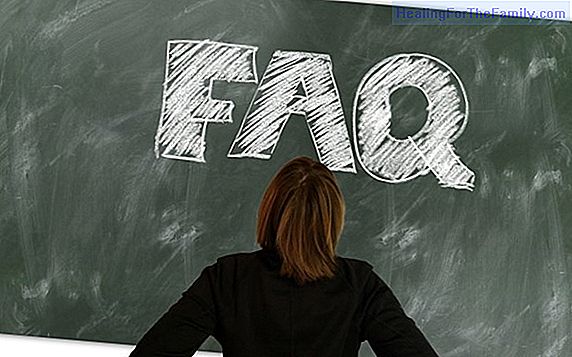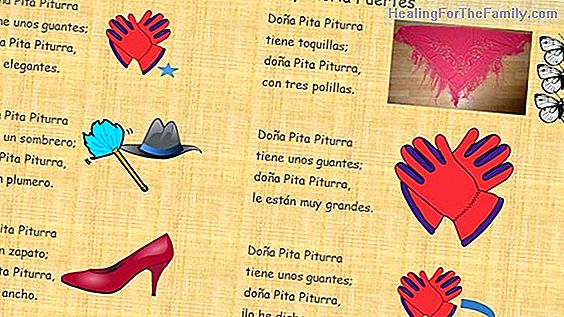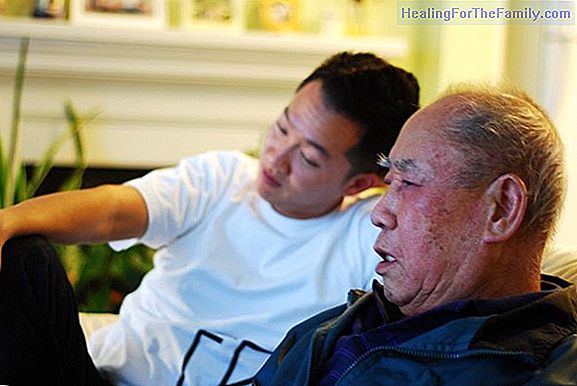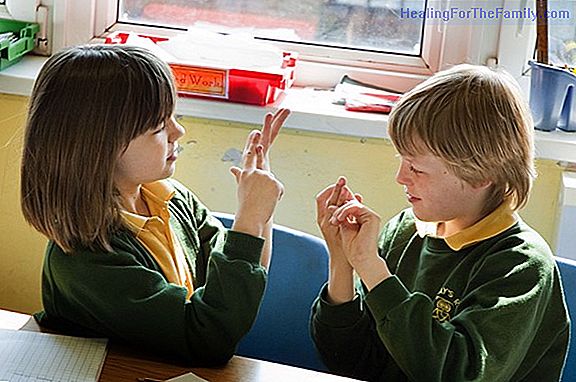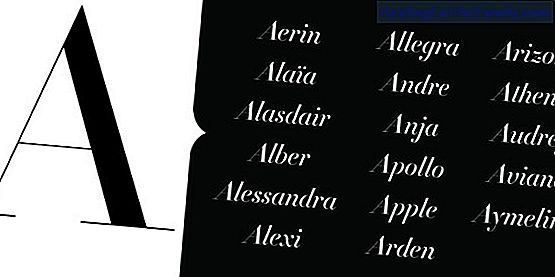The key to learning to read and write in children
Some children, when they start learning to read and write (when, on the other hand, they begin to be more precocious in the educational field), they find it difficult to denominate the letters, begin to make the first unions between them, etc. These little ones demonstrate, almost from the first cla
Some children, when they start learning to read and write (when, on the other hand, they begin to be more precocious in the educational field), they find it difficult to denominate the letters, begin to make the first unions between them, etc.
These little ones demonstrate, almost from the first classes, that they can not keep up with the others. But if these problems are detected early and measures are put in place, in most cases, children will be able to 'get in the car' without too many problems.
What is phonological awareness in children

These difficulties we are talking about are marked, in many cases, by poor phonological awareness, the basis for the acquisition of reading and writing.
Phonological awareness is the ability to associate an oral language sound (phoneme) with its graphic or written representation (grapheme) and understand, in addition, that the combination of these graphic signs generates units (syllables) which, in turn, they can form more complex ones with full meaning (words). The ability to have this management is, as we said, key to learning to read and write.
8 activities to promote phonological awareness in children
The following tasks are aimed at children being able to manipulate the structures by modifying them, substituting them, omitting them, etc. All the proposals are oral and they will also be useful visual or manipulable resources that you want to use.
1. Word lists: 'let's say all the words that occur to us that begin with the syllable pa, such as: duck'. This activity can be considered from very different formats, such as the well-known 'De la Habana has come a ship loaded with ...'. This phrase is used to introduce elements that begin with the syllable or sound that the adult chooses.
2. Human calculator: count how many syllables a word has or what number of words make up a single sentence.
3. Zampasílabas: discover the syllable that we have omitted in the words that are spoken orally, for example: esca__ras.
4. Thief of syllables: now it is the child who must eliminate the syllable we ask for. Example: how would the word 'window' sound if we remove the second syllable?
5. Spelling: we ask the child to guess which word corresponds to the phonemes we are naming. For example: / s /, / a /, / p /, / or /. Box 6. Box of syllables:
As the mechanics change the wheels to the racing cars, the child must substitute a certain syllable in one word for another that we offer. Example: how is the word pocket if we change the syllable if for me? 7. Recurrent phoneme / syllable:
identify the phoneme or syllable common to two different words. Example: what sound can can and wolf share? or what syllable is there in the words complete and birthday? 8. Chained words or I see:
two classic ideals for long car trips, walks on the street, on the way to school, ... These tasks are fun for our kids and, even more, when they are presented as authentic games Therefore, we encourage you to put attractive titles and show a dynamic attitude that invites you to participate. In the same way, do not forget that
positive reinforcement will be fundamental for children to be encouraged and want to continue working, because a loving or encouraging word will be the best reward.

